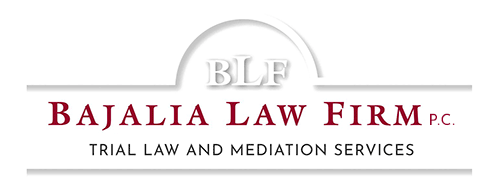A drunk driving charge can have serious consequences. If convicted, a drunk driving charge can lead to license suspension, imprisonment and fines. However, the police must have evidence that a driver was drunk.
A common way the police gather evidence during traffic stops is by asking drivers questions. However, many drivers don’t give enough evidence to warrant an arrest. Alternatively, the police may ask drivers to do a sobriety test. There are two kinds of sobriety tests: field sobriety tests and chemical sobriety tests. Here’s what you should know about each:
What are field sobriety tests?
A field sobriety test is a kind of physical exercise. A driver would be asked to leave their vehicle and follow instructions from the police. There are three kinds of standardized field sobriety tests:
- Horizontal gaze nystagmus test: the driver focuses on an officer’s finger or pen with their eyes as the object moves
- Walk-and-turn test: the driver walks in a straight line and walks back to where they started
- One-leg stand test: the driver lifts one leg for several seconds while keeping their balance
The police may also ask drivers to do a non-standardized field sobriety test. This may involve anything, including having a driver put their finger on their nose or spelling words backward. Failing any of these tests could result in an arrest.
What are chemical sobriety tests?
If the police still do not have enough evidence, they may have a driver do a chemical sobriety test. There are three kinds of chemical sobriety tests: blood, urine and breath. Each of these tests evaluates the amount of alcohol in the body. Blood and urine tests often require drivers to go to a hospital for testing, which is why many people take breath tests.
Knowing about your legal rights during a traffic stop could help protect you from criminal charges. If you’re facing criminal charges, you may need to reach out for legal guidance to help create a defense.

